The Power of Nvidia Graphics Cards:Gaming Performance and Beyond
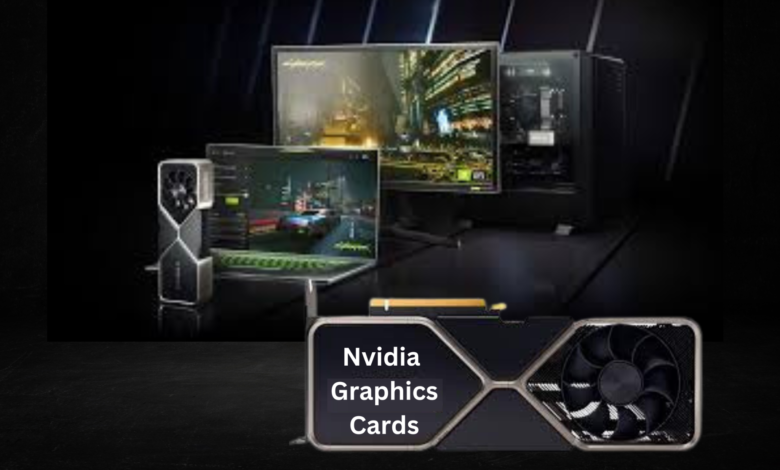
Nvidia Graphics Cards play a vital role in computer systems, enabling us to experience visually stunning games and accelerate various tasks. Among the leading manufacturers in this field is Nvidia, renowned for its cutting-edge technology and high-performance graphics cards. In this article, we will delve into the world of Nvidia graphics cards, exploring their capabilities, benefits, factors to consider when choosing one, and more. Let’s dive in!
Overview of Nvidia Graphics Cards:
Nvidia offers a diverse range of graphics cards, each tailored to meet different needs and preferences. The lineup includes popular models like the RTX 3060, RTX 3050, RTX 3080, Nvidia GeForce GTX 260 Core 216, Nvidia Titan RTX, and Nvidia GeForce GTX 590. These cards are equipped with advanced features and specifications designed to deliver exceptional performance and immersive visual experiences.
Popular Models and Their Capabilities:
1. RTX 3060:
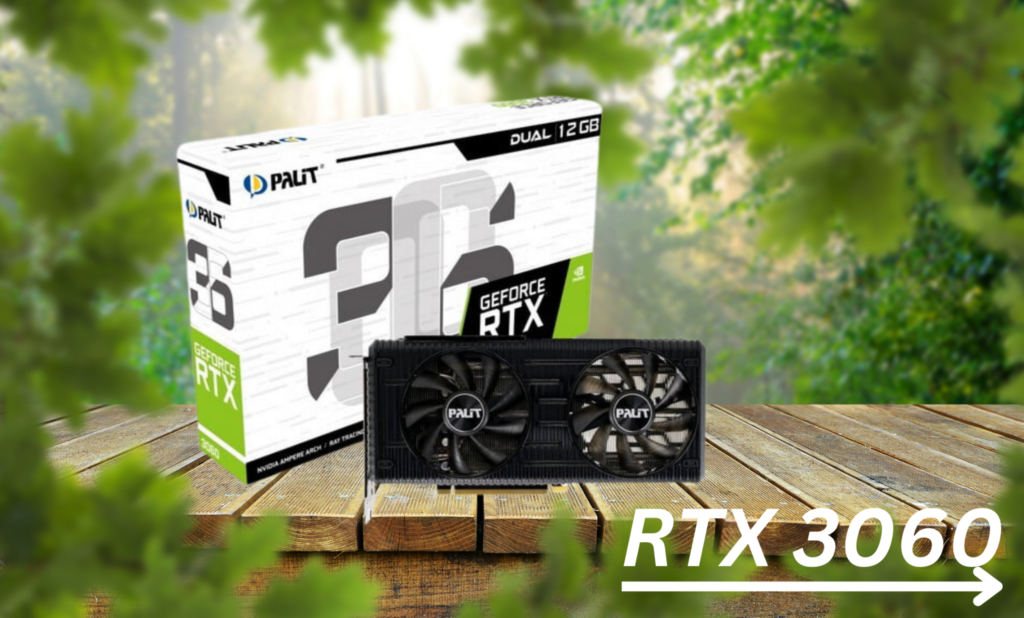
- The RTX 3060 is a mid-range graphics card that offers excellent performance for 1080p gaming and decent performance for 1440p gaming.
- It features 3584 CUDA cores, 12 GB of GDDR6 memory, and a memory bandwidth of 360 GB/s.
- The card supports ray tracing and DLSS technology, providing improved visual fidelity and performance in supported games.
2. RTX 3050
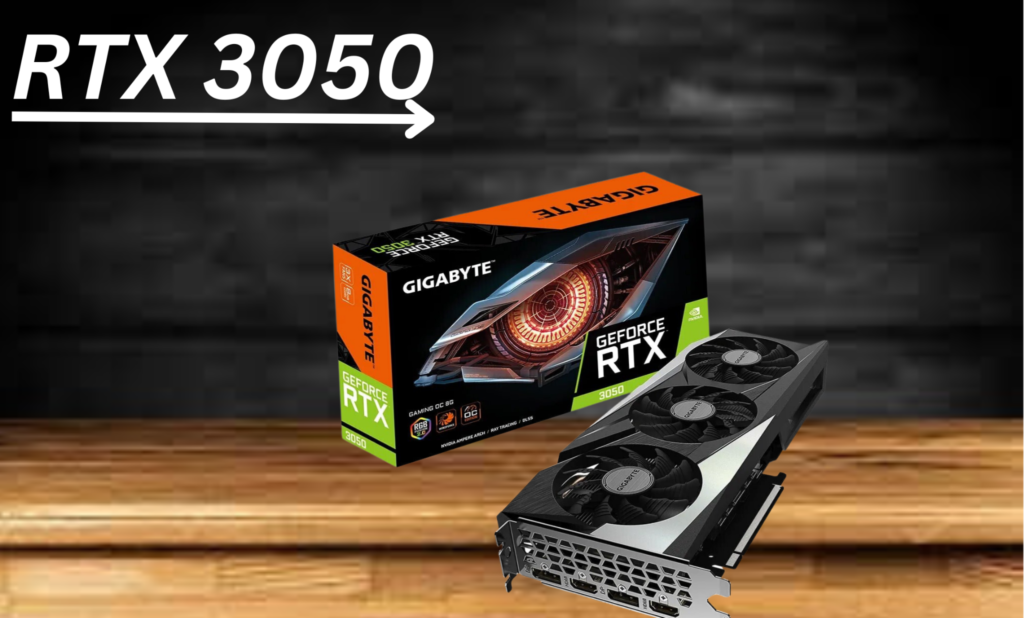
- The RTX 3050 is an entry-level graphics card that offers solid performance for 1080p gaming on a budget.
- It features 2048 CUDA cores, 4 GB of GDDR6 memory, and a memory bandwidth of 128 GB/s.
- The card supports ray tracing and DLSS technology, bringing more realistic visuals and improved performance to entry-level gaming systems.
3. RTX 3080
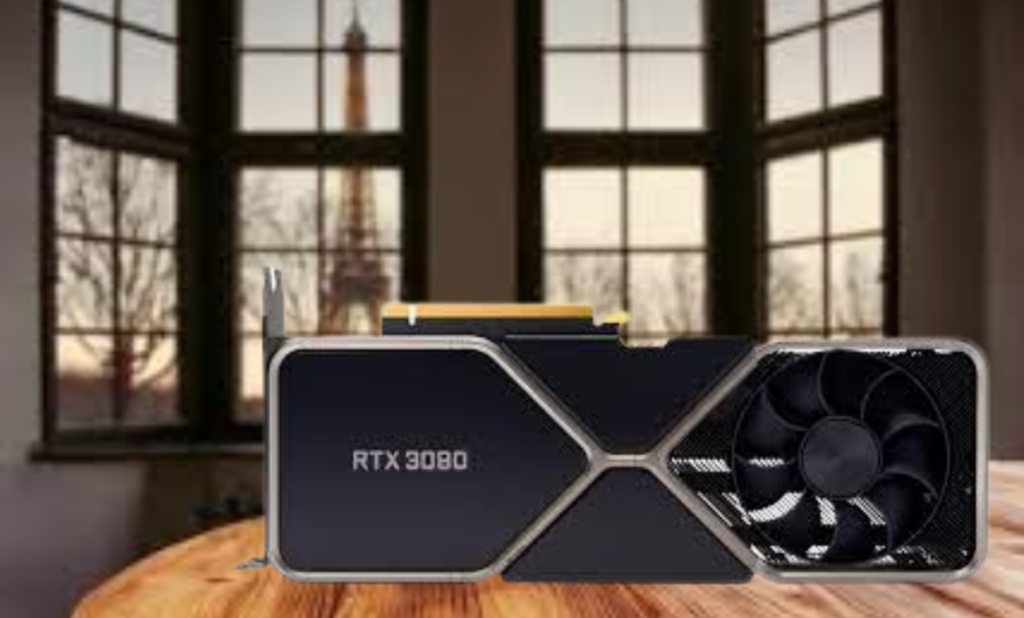
- The RTX 3080 is a high-end graphics card designed for enthusiast gamers and content creators.
- It boasts 8704 CUDA cores, 10 GB or 12 GB of GDDR6X memory, and a memory bandwidth of 760 GB/s.
- The card delivers exceptional 4K gaming performance and supports advanced features like real-time ray tracing and DLSS.
4. Nvidia GeForce GTX 260 Core 216:
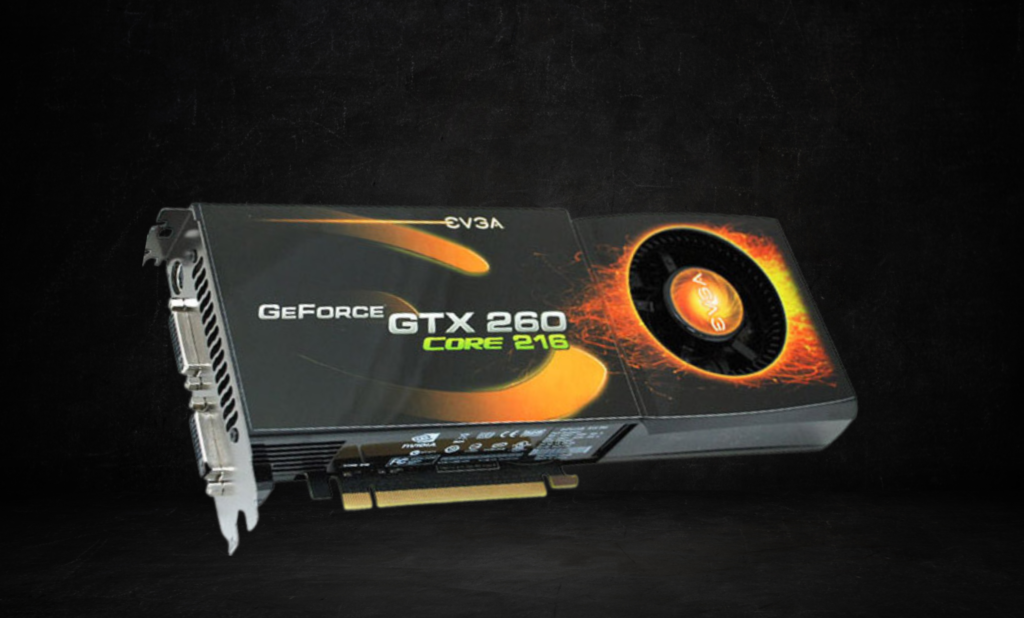
- The Nvidia GeForce GTX 260 Core 216 is an older model known for its reliability and performance during its time.
- It features 216 CUDA cores, 896 MB of GDDR3 memory, and a memory bandwidth of 111.9 GB/s.
- While it may not match the capabilities of newer models, it can still handle older games and less demanding applications.
5. Nvidia Titan RTX
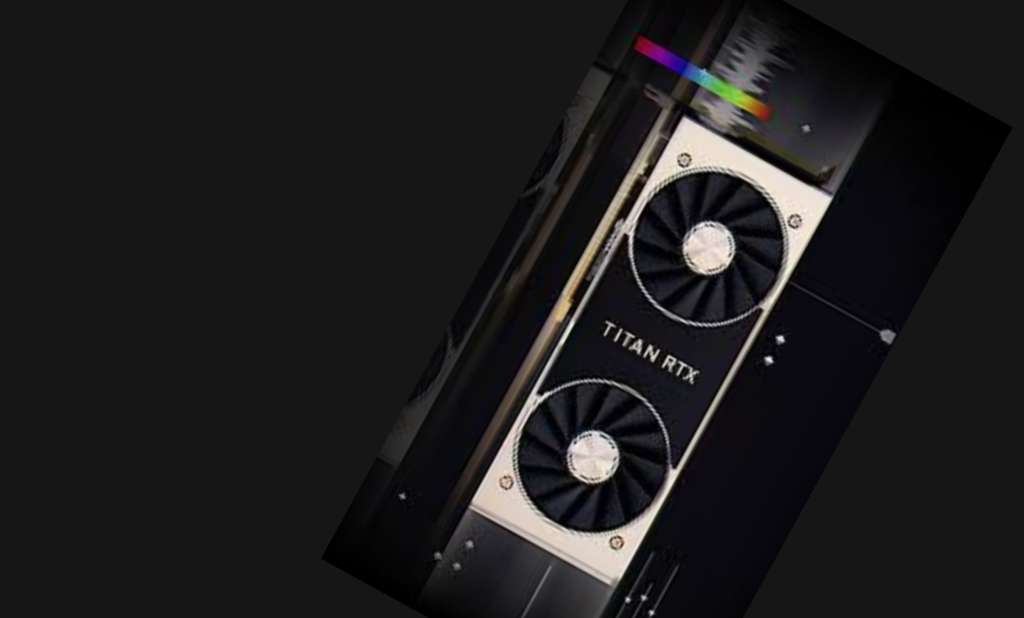
- The Nvidia Titan RTX is a powerhouse graphics card aimed at professionals and enthusiasts seeking top-of-the-line performance.
- It offers an impressive 4608 CUDA cores, 24 GB of GDDR6 memory, and a memory bandwidth of 672 GB/s.
- The card excels in demanding tasks such as AI research, deep learning, and high-resolution content creation.
6. Nvidia GeForce GTX 590:
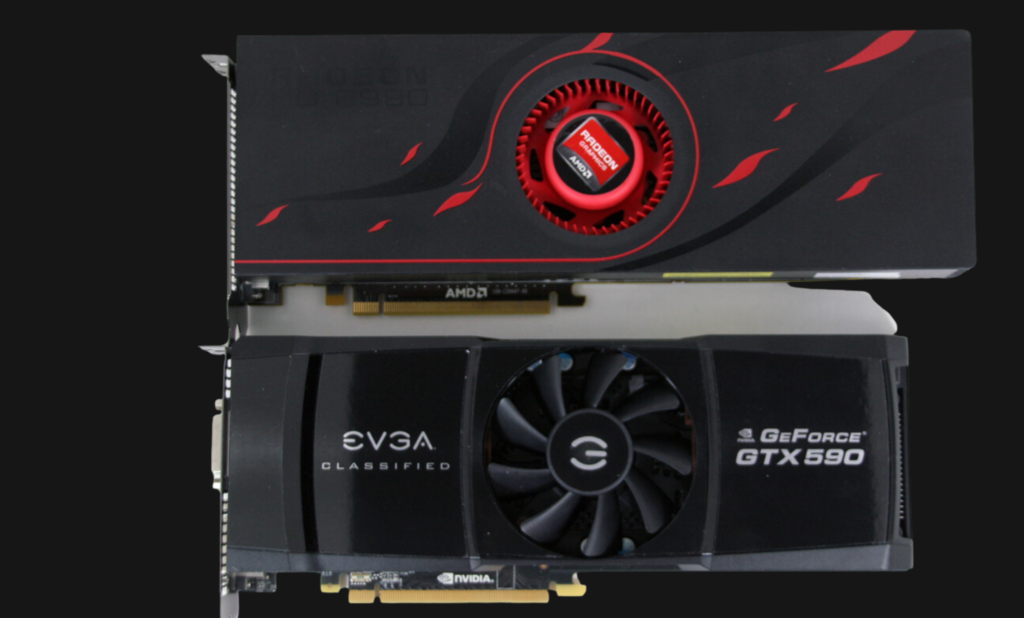
- The Nvidia GeForce GTX 590 is a dual-GPU graphics card that delivers excellent performance for its time.
- It features two GPUs, each with 512 CUDA cores, 1.5 GB of GDDR5 memory per GPU, and a memory bandwidth of 192 GB/s per GPU.
- While it may not match the capabilities of newer single-GPU models, it offers solid performance for gaming and content creation.
Nvidia Software Ecosystem:
Software Component Description
GeForce Experience
A comprehensive software suite that enhances the gaming experience by providing automatic driver updates, game optimizations, and one-click settings optimization. It also offers features like ShadowPlay for gameplay recording and broadcasting.
NvidiaControl Panel
A robust control panel that allows users to fine-tune graphics settings, adjust display parameters, customize 3D settings, manage multiple displays, and configure performance profiles for individual games or applications.
Nvidia Studio
A dedicated platform for content creators that offers optimized drivers and software for creative applications, including video editing, 3D rendering, and animation. It ensures stability, performance, and compatibility for professional workflows.
CUDA
A parallel computing platform and programming model that enables developers to harness the power of Nvidia GPUs for accelerated computing tasks. It provides a programming interface and libraries that leverage the GPU’s parallel processing capabilities.
Tensor Cores
is specialized hardware found in select Nvidia GPUs, specifically designed for AI and deep learning workloads. They provide high-performance matrix operations and accelerate AI frameworks, enabling faster training and inference for machine learning and AI applications
RTX IO
An advanced technology that offloads I/O tasks to the GPU, improving storage performance and reducing loading times in supported games and applications. It leverages Nvidia’s direct access to storage for faster data transfer and enhanced gaming experiences.
DLSS (Deep Learning Super Sampling)
A groundbreaking AI-powered technology that uses machine learning algorithms to upscale lower-resolution images in real time, providing improved image quality and performance while preserving details and sharpness. It enhances gaming visuals and boosts frame rates.
NVIDIA Broadcast
A suite of audio and video tools that enhance the quality of live streams, video calls, and recordings. It includes features like virtual background, noise removal, virtual camera, and auto frame for professional-looking broadcasts and online communication.
G-Sync
A technology that synchronizes the refresh rate of the display with the GPU’s frame rate, reducing screen tearing, input lag, and stuttering for smoother and more immersive gaming experiences. It requires G-Sync compatible monitors for optimal performance.
NVENC
Nvidia’s hardware-accelerated video encoding technology that offloads video encoding tasks to the GPU, resulting in faster and more efficient video encoding. It improves video streaming, recording, and video editing workflows by reducing CPU usage and maintaining quality.
NVLink
A high-speed interconnect technology that enables faster communication and data transfer between multiple Nvidia GPUs. It allows for scalable multi-GPU configurations, enhancing performance in applications that can leverage multiple GPUs effectively.
Tensor Cores
is specialized hardware found in select Nvidia GPUs, specifically designed for AI and deep learning workloads. They provide high-performance matrix operations and accelerate AI frameworks, enabling faster training and inference for machine learning and AI applications
Benefits of Nvidia Graphics Cards:
Nvidia graphics cards offer a multitude of benefits, extending beyond gaming prowess. Research has shown that these cards excel in various fields, making them ideal for tasks like video rendering and editing, virtual reality (VR) and augmented reality (AR) applications, and machine learning and artificial intelligence (AI) acceleration. With Nvidia graphics cards, professionals and enthusiasts alike can experience faster and more efficient workflows, unleashing their creativity and achieving remarkable results.
1. Enhanced Gaming Performance:
Nvidia graphics cards are renowned for their exceptional gaming performance. With powerful GPUs, high CUDA core counts, and advanced technologies like ray tracing and DLSS, these cards can deliver smooth gameplay, stunning visuals, and high frame rates even in demanding AAA games. They provide an immersive and realistic gaming experience, allowing gamers to fully enjoy their favorite titles.
2. Optimized Software Support:
Nvidia has developed a robust software ecosystem to complement their graphics cards. The Nvidia GeForce Experience software provides features like automatic game optimization, one-click driver updates, and easy gameplay recording and sharing. This software ensures that gamers can optimize their settings, keep their drivers up to date, and effortlessly capture their best gaming moments.
3. Video Rendering and Editing Capabilities:
Nvidia graphics cards excel at video rendering and editing tasks. The CUDA cores and high memory bandwidth of these cards enable faster rendering times and smoother playback of high-resolution videos. Professionals in fields such as video production, 3D modeling, and visual effects can benefit from the accelerated performance of Nvidia graphics cards, allowing them to work efficiently and meet tight deadlines.
4. Support for Virtual Reality (VR) and Augmented Reality (AR):
Nvidia graphics cards are optimized for VR and AR applications. They provide the necessary power and performance to deliver smooth and immersive experiences in virtual worlds. Whether you’re exploring virtual environments or engaging in AR simulations, Nvidia graphics cards ensure that you have the necessary horsepower for a seamless and captivating experience.
5. Machine Learning and Artificial Intelligence (AI) Acceleration:
Nvidia’s GPUs are widely used in machine learning and AI applications. The parallel processing capabilities of Nvidia graphics cards, coupled with frameworks like CUDA and libraries like cuDNN, allow for accelerated training and inference in deep learning models. Researchers, data scientists, and AI developers can leverage Nvidia graphics cards to accelerate their computations, leading to faster results and more efficient AI workflows.
Factors to Consider When Choosing a Nvidia Graphics Card:
When selecting a NVIDIA graphics card, several factors come into play. It’s crucial to strike a balance between budget, performance requirements, compatibility with your computer system, memory capacity, and bandwidth. Evaluating these aspects ensures you make an informed decision, optimizing your investment and aligning it with your specific needs.
Comparison with Competing Graphics Card Brands:
Here’s a table comparing Nvidia with its main competing graphics card brands, AMD and Intel:
Aspect
Nvidia
AMD
Intel
Performance
Strong performance across gaming and professional tasks.
Competitive performance with recent Radeon GPU releases.
Developing discrete GPUs, primarily focused on integrated graphics.
Advanced Technologies
Ray tracing, DLSS, and AI-enhanced graphics.
Ray tracing support, FidelityFX, and Smart Access Memory.
XeSS, Xe Graphics Architecture (upcoming).
Price
Generally higher-priced options, especially at the high end.
Offers competitive pricing at different performance levels.
Focuses on integrated graphics for mainstream consumers
Power Efficiency
Varies across models, tends to consume more power.
Improved power efficiency with recent Radeon GPU architectures.
Developing discrete GPUs with a focus on power efficiency.
Power Efficiency
Varies across models, tends to consume more power.
Improved power efficiency with recent Radeon GPU architectures.
Developing discrete GPUs with a focus on power efficiency.
Software and Driver Support
Stable and reliable driver support.
Significant improvements in driver stability and performance.
Strong driver support and optimization for integrated graphics.
Availability
May face limited availability during high demand periods.
May face limited availability during high demand periods.
Developing discrete GPUs, availability to be determined.
Market Share and Brand Recognition
Established market leader, recognized brand.
Growing market share and brand recognition with Radeon GPUs.
Strong brand recognition in CPUs, venturing into discrete GPUs
AI and Machine Learning Capabilities
Tensor cores for dedicated AI processing.
AMD GPUs offer some AI capabilities, but they are not as specialized.
Focused on AI and machine learning in data center solutions.
Maintenance and Upkeep of Nvidia Graphics Cards:
To maintain optimal performance and longevity, proper maintenance is essential for Nvidia graphics cards. Regular cleaning and cooling techniques, such as removing dust from fans and ensuring adequate airflow, can prevent overheating and prolong the lifespan of your card. Additionally, updating drivers and firmware is crucial, as it not only improves performance but also ensures compatibility with the latest games and software updates. Nvidia provides easy-to-use tools for driver updates, making the process hassle-free.
Pros of Nvidia Graphics Cards:
- 1. Performance: Nvidia graphics cards are known for their exceptional performance, making them a popular choice among gamers and professionals. They offer high frame rates and smooth gameplay, allowing for an immersive gaming experience.
- 2. Advanced Technologies: Nvidia incorporates cutting-edge technologies into their graphics cards. Features like ray tracing, DLSS (Deep Learning Super Sampling), and AI-enhanced graphics offer improved visual quality and realism in games and applications.
- 3. Software Support: Nvidia provides excellent driver support for their graphics cards. They regularly release driver updates that optimize performance, fix bugs, and introduce new features, ensuring a smooth and stable user experience.
- 4. Broad Compatibility: Nvidia graphics cards are compatible with a wide range of systems, including desktop PCs and laptops. They support multiple operating systems, including Windows, macOS, and Linux, making them versatile for various setups.
- 5. CUDA Cores and AI Processing: Nvidia GPUs are equipped with CUDA cores, which enable parallel processing and accelerate tasks like video editing, 3D rendering, and scientific simulations. Additionally, Nvidia’s tensor cores, found in their higher-end models, provide dedicated hardware for AI and machine learning computations.
Cons of Nvidia Graphics Cards:
Cost: Nvidia graphics cards are generally more expensive compared to their competitors. The higher-end models can be quite costly, making them less accessible for budget-conscious consumers.
- 1.
Power Consumption: Nvidia GPUs tend to consume more power compared to some other graphics cards. This higher power requirement may necessitate a higher-capacity power supply, which can increase the overall cost of the system. - 2. Limited Availability: During periods of high demand or due to supply chain constraints, Nvidia graphics cards may face limited availability. This can make it challenging to purchase the latest models at launch or during peak times.
- 3.
Heat and cooling: Nvidia graphics cards can generate significant heat under load, requiring adequate cooling solutions. The high-end models often come with larger heatsinks and multiple fans, which may occupy more space in the PC case and contribute to increased noise levels. - 4.
Driver Issues: Although Nvidia generally provides good driver support, occasional driver issues can arise, causing compatibility problems or instability in certain games or applications. However, these issues are typically addressed through driver updates over time.
Conclusion:
In conclusion, Nvidia graphics cards are highly regarded for their exceptional performance, advanced technologies, and broad compatibility. They provide powerful GPUs that deliver high frame rates and immersive gaming experiences. Nvidia incorporates cutting-edge features like ray tracing and DLSS, enhancing visual quality and realism in games and applications.
Despite their strengths, Nvidia graphics cards do have some drawbacks. They can be expensive, especially the higher-end models, which may limit accessibility for budget-conscious consumers. They also consume more power and may require adequate cooling solutions. Additionally, availability can be limited during times of high demand.
Frequently Asked Questions
What is Nvidia?
Nvidia Corporation is a technology company known for designing and manufacturing graphics processing units (GPUs) and related technologies. They are a leading provider of GPUs for gaming, professional visualization, AI, and data centers.
What are the different series of Nvidia graphics cards?
Nvidia offers various series of graphics cards, including the GeForce GTX series, the GeForce RTX series, and the professional-grade Nvidia Quadro and Nvidia Tesla series.
What is the difference between the GeForce GTX and GeForce RTX series?
The GeForce GTX series is focused on gaming performance, while the GeForce RTX series includes advanced features such as real-time ray tracing, DLSS, and AI-enhanced graphics. The RTX series offers more advanced technology for enhanced visual effects and realism in games and applications.
What is ray tracing?
Ray tracing is a rendering technique that simulates the behavior of light to create realistic lighting and reflections in 3D environments. Nvidia’s RTX series graphics cards include dedicated hardware (RT Cores) to accelerate real-time ray tracing in supported games and applications.
What is DLSS?
DLSS stands for “deep learning super sampling. It is an AI-powered technology that uses machine learning algorithms to upscale lower-resolution images in real time while maintaining image quality. This feature allows for smoother performance and improved visual fidelity.

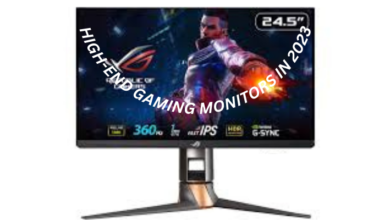



One Comment